Hello again OP
@DanieIT,
Please let me touch on one another general suggestion for you.
Prior to make your first step into multichannel multi-amplifier active system, I highly recommend you to establish your concrete and best
"single amp passive reference audio system" to which you can roll back anytime during your coming DIY project.
Just for example, in
my multichannel project the single amp setup of;
JRiver (all in DSDx2) --> ASIO USB driver --> OPPO SONICA DAC (or OKTO DAC8PRO as two channel DAC) --> ACCUPHASE E-460 --> LCR passive network in outer box --> all the SP drivers
has been my
"reference sound system" all the way through my project thread.
I still keep, therefore, the above
reference sound setup to which I can roll back my entire system very easily, within 10 minutes, by using the outer LCR box (
#250) and the SP cabling/switching board (
#004,
#137, #250).
You would please find the examples of such
"roll-back and then go-advance" comparative listening sessions in my posts
#253 #258 #265 (evaluating AHB2) , and
#307 #308 #309 (evaluating A-S3000 and TA-A1ES).
You need to go forward step-by-step, I believe. You should not change multiple parameters at once; if you would change multiple parameters at once, then you would easily get into confusion since sometimes pros and cons would cancel-out with each other to give the pseud result of no improvement at all.
As Keith of Purité Audio kindly wrote
here,
"You must hear equipment in your own room in your own system, compare unsighted (close your eyes)
if there isn’t an immediately apparent difference/improvement. To go further, if there isn’t a significant improvement then don’t change anything, the largest gains are speakers and room."
I summarized and shared
my DIY multichannel project policy in
my post here including the above points.
Edit: You would also please read these posts on "my policy and approach" on my project thread
post #30,
post #332 and
post #341.
In any way, I wish much good luck and success for your DIY multichannel multi-amplifier active audio project!
Now, at least for the time being, I myself will go back to my enjoyment of "listening music" (not listening/analyzing sound) with my almost completed multichannel multi-driver multi-way multi-amplifier flexible-software-DSP fully active audio system giving wonderful and amazing total sound quality...
If needed, you would please awake me on this thread and/or please PM me anytime.

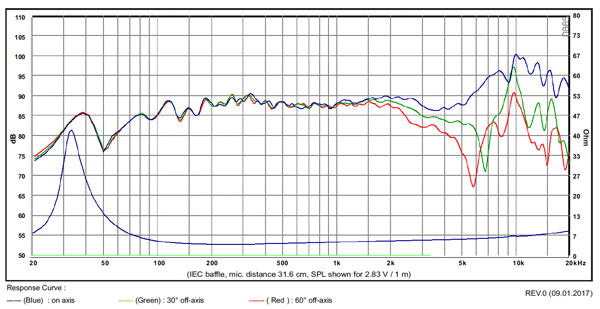

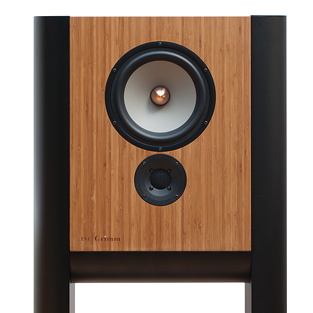


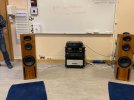
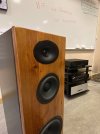
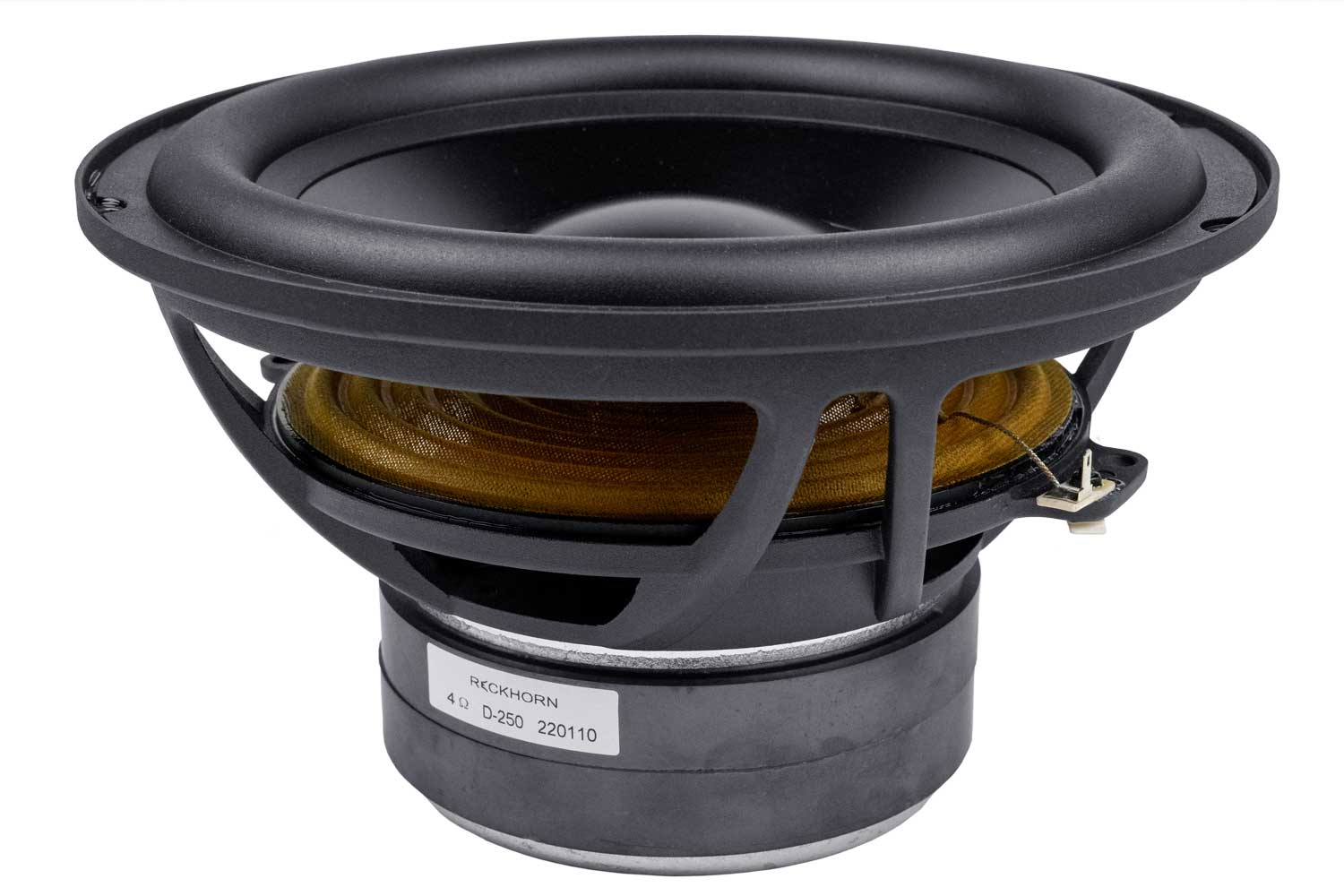
 I too was hopeful that balanced output was possible. It is not, it just won't fit. Here is the TRS version of the Flex with the Flex Eight below. As they alluded, it just isn't going to fit. If they do a balanced option in the future, it will have to be a Phoenix breakout...
I too was hopeful that balanced output was possible. It is not, it just won't fit. Here is the TRS version of the Flex with the Flex Eight below. As they alluded, it just isn't going to fit. If they do a balanced option in the future, it will have to be a Phoenix breakout...